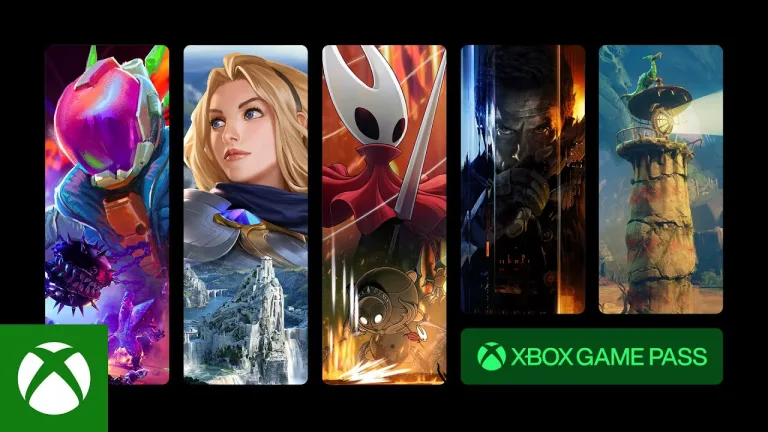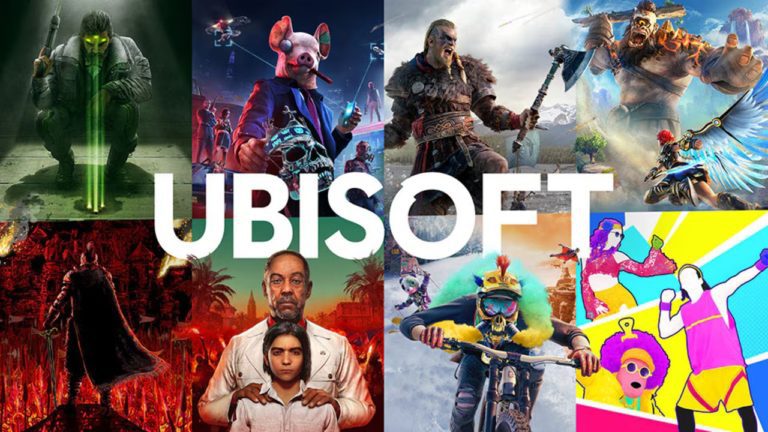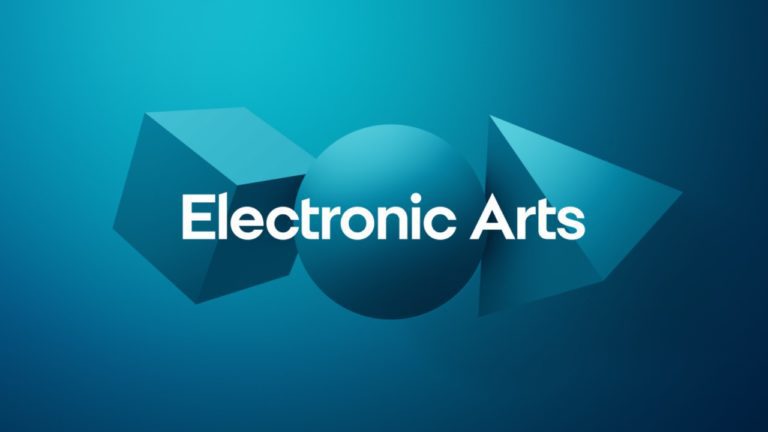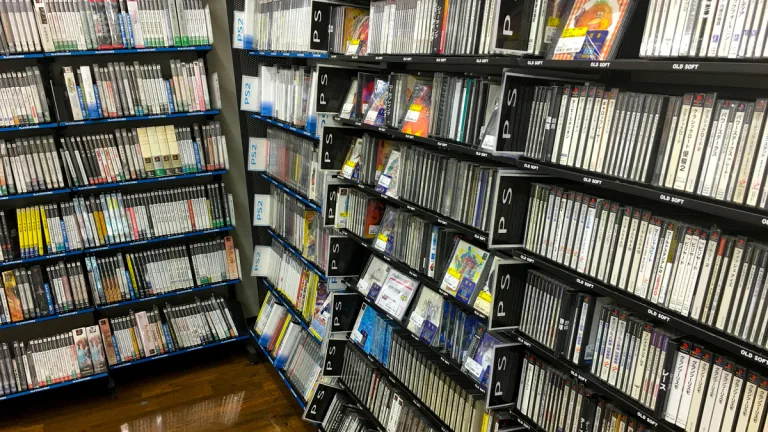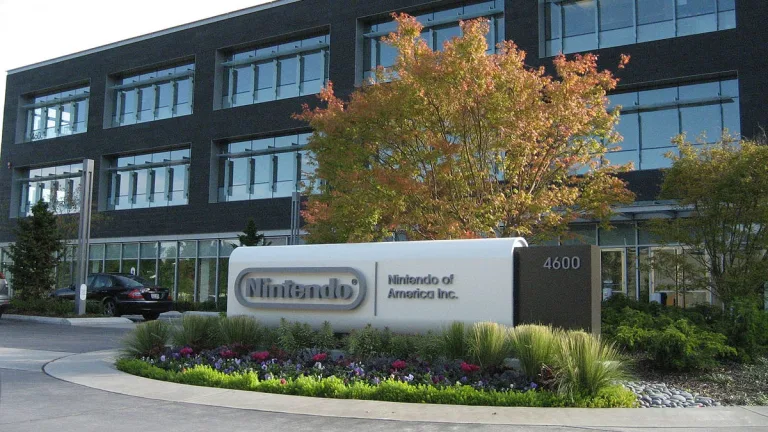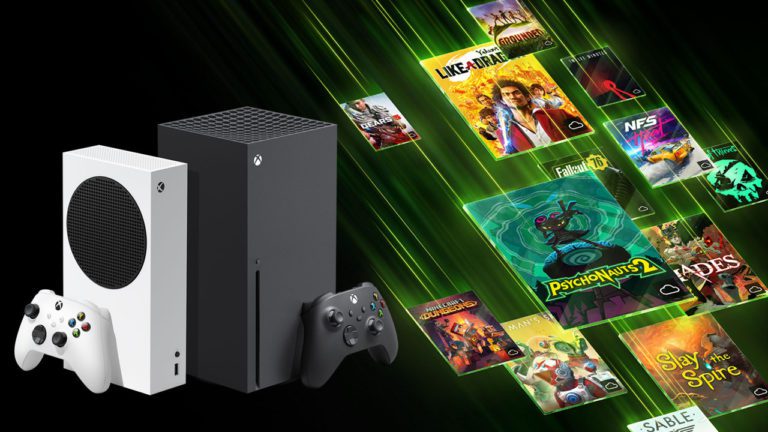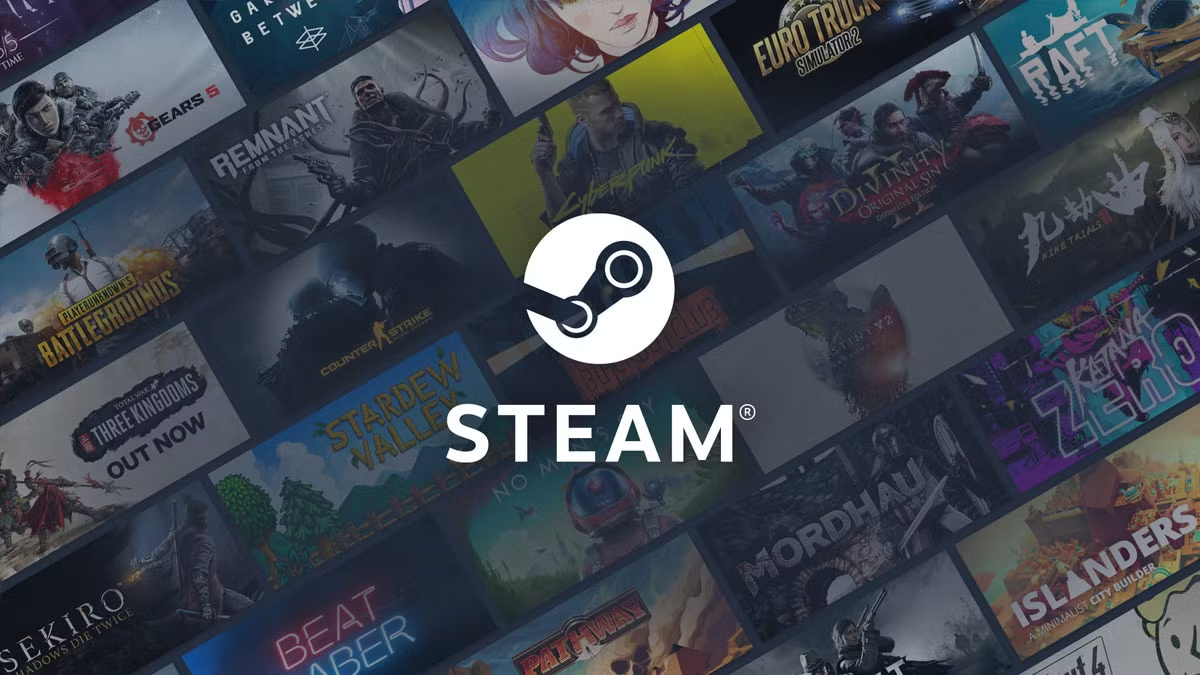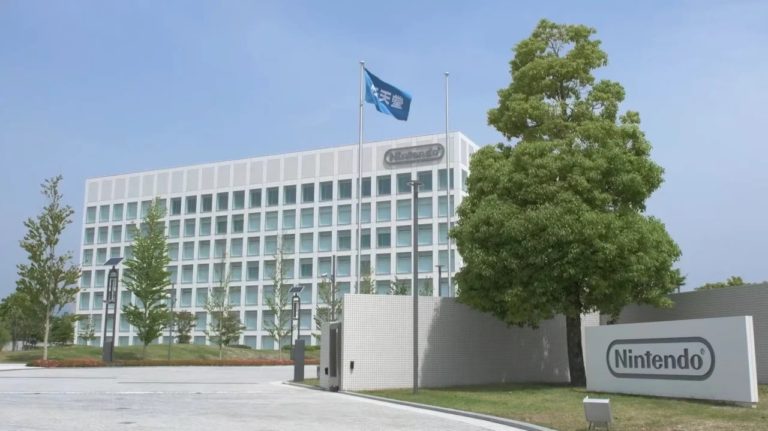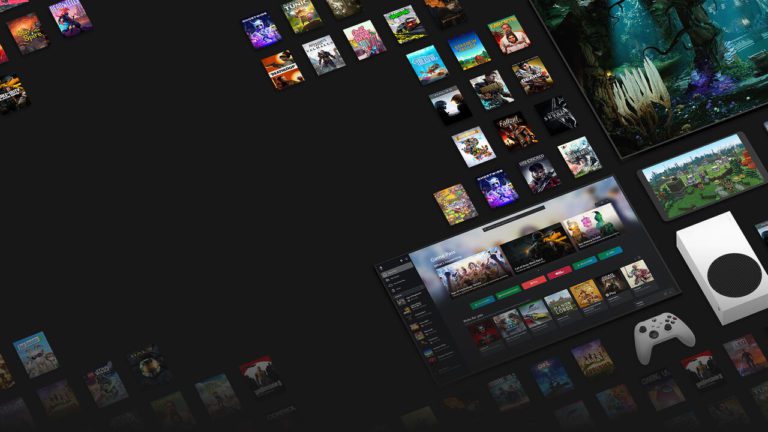Microsoft has once again raised eyebrows—and subscription fees—with its latest overhaul of Xbox Game Pass. In a...
Industry
Ubisoft has officially launched its new subsidiary, Vantage Studios, marking a pivotal shift in how the publisher...
Electronic Arts (EA), one of the most iconic names in gaming, has officially agreed to be acquired...
Jason Schreier’s recent Bloomberg editorial, “The Video-Game Industry Has a Problem: There Are Too Many Games”, is...
Nintendo of America is preparing for a major leadership transition. Doug Bowser, who has served as president...
The Xbox Series X and Series S are about to get more expensive—again. For the second time...
Valve has officially announced that Steam will end support for 32-bit versions of Windows on January 1,...
In a move that blurs the line between entertainment and mobility, Microsoft and LG have teamed up...
Nintendo has once again flexed its legal muscle, securing a $2 million settlement from Ryan Daly, the...
When Microsoft finalized its $75.4 billion acquisition of Activision Blizzard King (ABK) in October 2023, the gaming...


